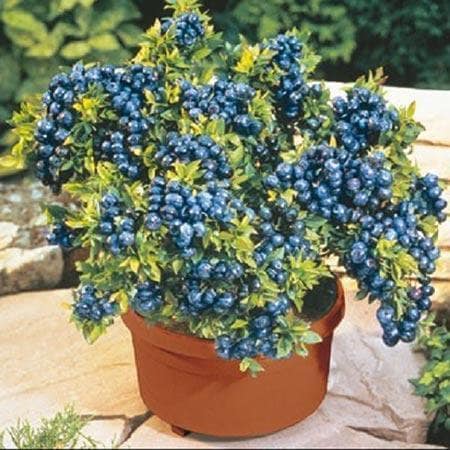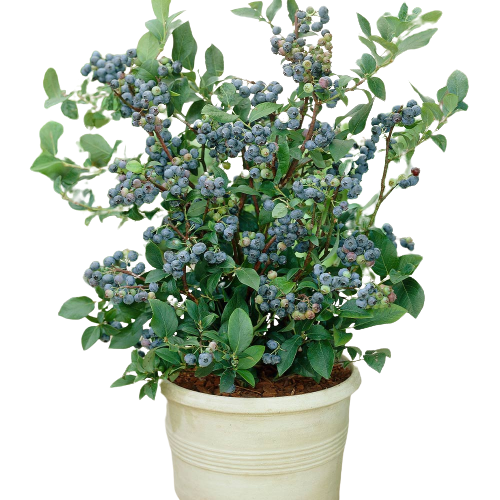Blueberries, with their sweet and tangy flavor, vibrant color, and numerous health benefits, are one of nature's most delightful gifts. These tiny, juicy fruits have a rich and fascinating history that spans thousands of years, from their origins as wild berries enjoyed by indigenous peoples to their cultivation as a popular crop. Join us on a journey through time as we explore the captivating history of blueberries.
Ancient Beginnings
Blueberries are native to North America and have been growing wild in the region for thousands of years. Indigenous peoples, such as Native Americans, were among the first to discover and enjoy these small, flavorful berries. They incorporated blueberries into their diets, both fresh and dried, and used them for medicinal and nutritional purposes.
The Name Game
The name "blueberry" itself is a testament to its early history. Before the fruit was formally cultivated, it was simply known as "star berry" due to the five-pointed star shape on the top of each berry. The name "blueberry" is believed to have originated in the United States in the early 20th century, reflecting the berry's deep blue-purple hue.
Blueberries and the Civil War
During the American Civil War, dried blueberries became a staple food for Union soldiers. The fruit's high vitamin C content made it a valuable dietary addition to prevent scurvy, a common ailment among soldiers at the time.
Wild vs. Cultivated Blueberries
The transition from wild to cultivated blueberries began in the early 20th century when scientists and horticulturists recognized the berry's commercial potential. One of the pioneering figures in this endeavor was Frederick Coville, a botanist who worked alongside Elizabeth White, the daughter of a cranberry farmer.
Coville's research into blueberry cultivation led to the development of the first cultivated blueberry varieties. The partnership between Coville and White ultimately resulted in the founding of the first commercial blueberry farm in Whitesbog, New Jersey, in the early 1900s.
The Rise of Cultivated Varieties
As cultivated blueberry varieties gained popularity, they underwent significant improvements in terms of flavor, size, and yield. Breeding programs and research efforts further expanded the range of blueberry cultivars available to consumers. Today, there are three main types of cultivated blueberries: highbush, lowbush, and rabbiteye, each with its unique characteristics and adaptability to different climates.
Blueberries Go Global
Blueberries' popularity continued to grow throughout the 20th century, leading to their introduction in various parts of the world. While they were initially cultivated in North America, blueberries are now grown in many countries, including Canada, Chile, Australia, and New Zealand. This global reach ensures that blueberries are enjoyed year-round in both hemispheres.
Nutritional Powerhouse
Beyond their delectable taste and historical significance, blueberries are celebrated for their nutritional benefits. They are rich in antioxidants, vitamins, and minerals, making them a superfood that supports overall health. Blueberries have been linked to improved cognitive function, heart health, and reduced risk of chronic diseases.
Modern Cultivation and Innovation
Today, blueberry cultivation is a thriving industry, with a wide variety of cultivars available to suit different growing conditions and tastes. Modern techniques, such as high-tunnel and greenhouse farming, extend the blueberry season, allowing consumers to enjoy fresh blueberries year-round.
In recent years, blueberry products like blueberry juice, dried blueberries, and blueberry-infused products have gained popularity as consumers seek convenient and health-conscious options.
Conclusion
The history of blueberries is a testament to the enduring appeal of this remarkable fruit. From its origins as a wild berry cherished by indigenous peoples to its cultivation as a globally recognized crop, blueberries have captivated taste buds and inspired innovation throughout history. Today, blueberries continue to be a beloved fruit enjoyed for their delicious flavor and abundant health benefits. Whether enjoyed fresh, dried, or incorporated into a variety of culinary creations, blueberries remain a cherished part of our culinary heritage and a symbol of natural bounty.






